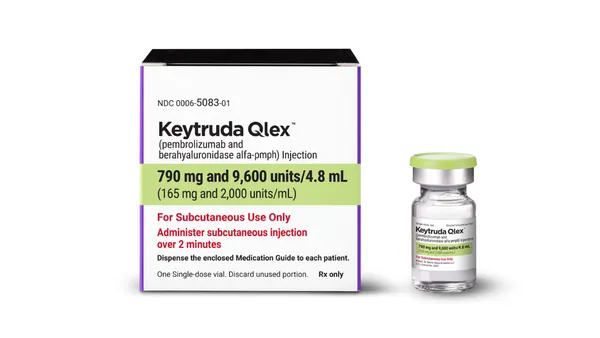Increasing Educational Reach and Impact Through Integrated Learning Communities Program Development Innovia Education Institute Sarah E. Mooney, Director, Operations and Business Development Successful, integrated educational programming is designed around the premise that there is not one most effective method of learning. Instead, educational programs must address the varying adult-learning preferences of the individuals who make up the audience and be presented in formats that are active, engaging, and clinically relevant. Grabbing the attention of today’s medical professionals is a challenge for CME/CE providers. New technologies and media offer both educational challenges and opportunities to engage clinicians. Some embrace the newer vehicles, such as Webcasts, PDAs, and iPods, and some prefer the more traditional formats of live meetings, printed materials, and audio conferences. Regardless, educational programs that are offered to a wide spectrum of healthcare professionals are most effective when learners can choose from a variety of means of access and interaction and at times that are convenient for them. In addition, while CME/CE programs provide valuable information to clinicians, these programs often miss the opportunity to re-establish a community learning environment that can be lost when practitioners leave medical school. Building a Learning Community The Web provides a terrific place for clinicians to meet and participate in programs at their convenience — 24/7. Integrated learning communities are an ideal way to provide continuing educational activities to healthcare professionals. The key components of an effective integrated learning community include: • A clear and ongoing understanding of the community’s educational needs • Strong leadership from disease state experts • A convenient place to meet • A variety of ways to access and share information • Two-way communication channels among members and disease-state thought leaders • Relevant and fresh information that addresses the evolving education needs of the learning audience Facilitating Learning for Long-Term Results Adult learning principles are logical and practical — but can be overlooked in the demands of fitting presentations into restrictive times or settings. Taking care to include certain principles into integrated educational programs will allow for more focused and clinically relevant learning opportunities for the presenter and the audience. These principles include: • Stating the learning objectives at the outset and conclusion of the activity • Measuring learners’ understanding before and after the program • Repeating key educational points four to six times within a learning module • Providing interactive opportunities for participants to respond to learning challenges within the presentation • Presenting the information from various perspectives • Linking scientific data to practical application • Measuring the level of the concepts’ and learning objectives’ stickiness and integration into clinical practice outcomes measurement and analysis • Providing easy-to-remember algorithms or pneumonics • Incorporating the program evaluations and outcome measurements into future programs in a continuous educational improvement cycle Why Do Healthcare Practitioners Value Learning Communities? Integrated learning communities provide disease-focused resources that their members value, such as treatment guidelines, interactive case studies, commentary on current medical publications and timely issues, a forum for posting questions and receiving answers from leading experts, live and virtual educational programs, and schedules of upcoming programs at leading medical conferences (with access to registration). Today’s healthcare learners can find the sense of community and variety of educational formats that increase the reach and impact of valuable independent educational programs through the integration of clear and well-defined learning objectives, leading disease-state experts dedicated to independent and responsible CME/CE, the principles of adult learning and evidence-based medicine, and a central Web-based learning environment. Educational programs must address the varying adult-learning preferences of the individuals who make up the learning audience and be presented in formats that are active, engaging, and clinically relevant. Innovia Education Institute, Columbia, Md., an employee-owned entity, is an ACCME-accredited educational company that provides clear, credible, and scientifically rigorous programs with unique and memorable components offering physicians the opportunity to fulfill their educational requirements and retain valuable learnings. For more information, visit innoviaeducation.com. August 2006 VIEW on Medical Education
An article from


Increasing Educational Reach and Impact Through Integrated Learning Communities
Filed Under:
Commercialization










